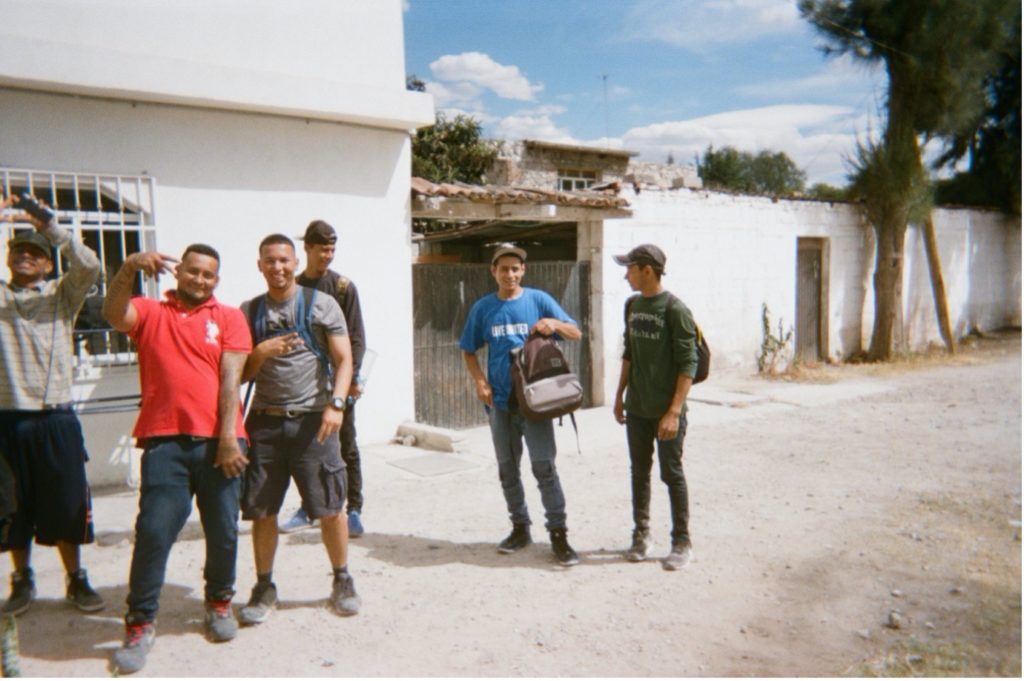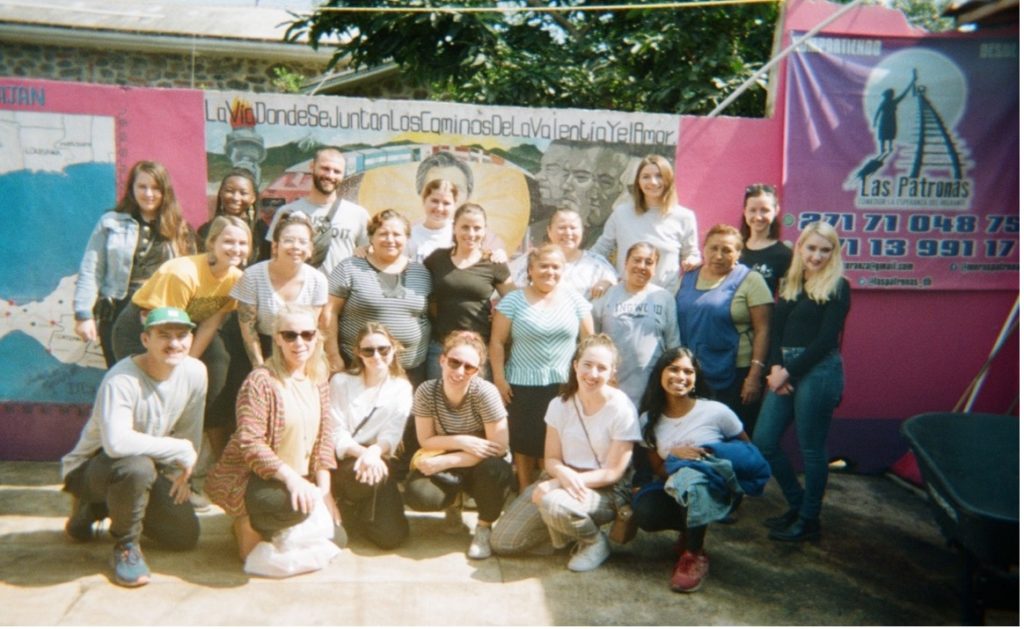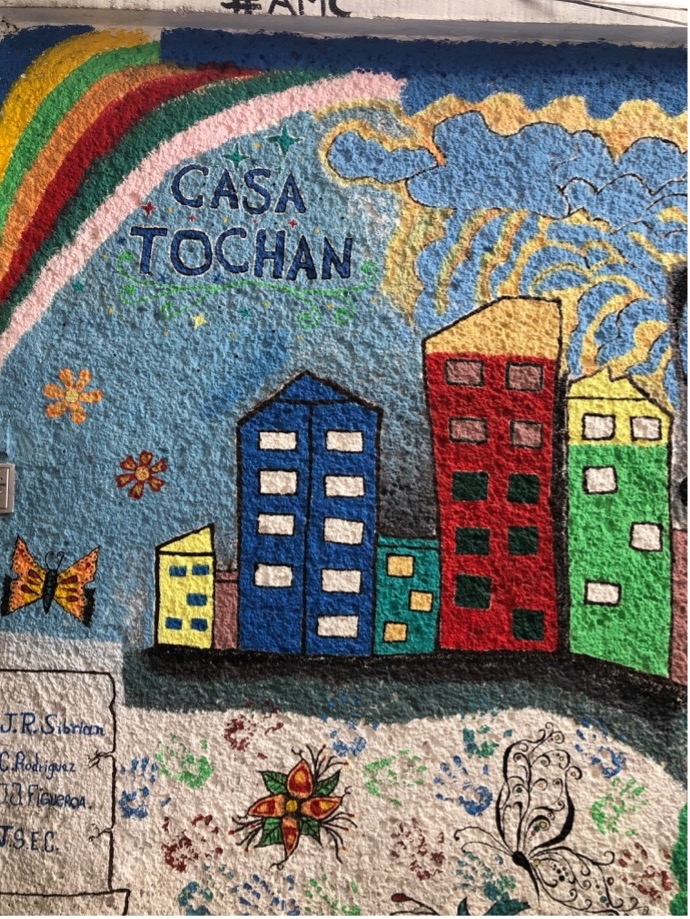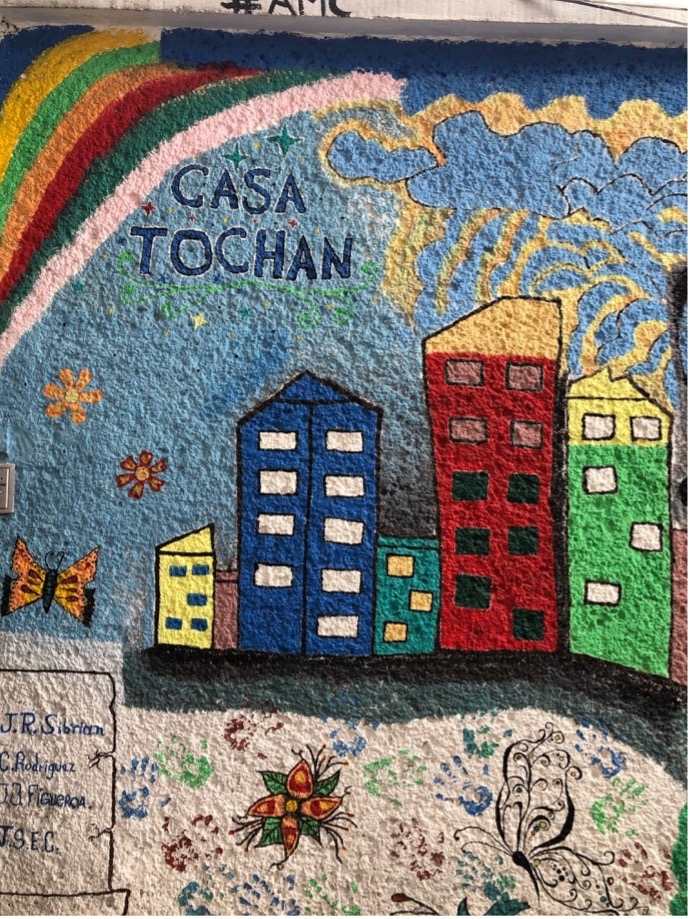Student Spotlight | March 2020
Maya is in her third year at the University of Queensland, studying a Bachelor of International Studies, majoring in Spanish and International Relations. She has just returned from a university volunteering trip to Mexico where she visited migrant shelters. On this trip, she was able to research immigration, law and human rights at the La Salle University in Mexico City.
For her:
”This experience was very rewarding, as not only were we able to study matters theoretically, but our site visits enabled us to witness firsthand the mass influx of Central American immigrants to Mexico and how current poor planning and the reintroduction of stringent border security policies are negatively affecting the migrant experience – which often left volunteers feeling incredibly overwhelmed. During my stay, I saw that there was a need for passionate lawyers and researchers, and hopefully one day I hope to fill a small part of that void”
After graduation, she wishes to pursue a Juris Doctorate at the University of Melbourne, with hopes of further researching migration law. Eventually, she would like to work in migration centres in Mexico, educating immigrants on their rights and potential avenues to seeking asylum.
Additionally, Maya has a love for languages, and sees the value of language in peace negotiations. Maya has extensive volunteering experience, which has allowed her to work alongside the marginalised in society and know that this work is really helping people in need in our community.
Casa del Samaritano, Bojay, Hidalgo:
Casa del Samaritano is a temporary shelter whereby migrants’ transit through, as it is positioned right next to the train tracks. The facilities at the shelter include toilets and showers, dorms, clothing supplies, food, coffee and sanitation products. Essentially, the shelter is a place for immigrants to quickly rest and rejuvenate before continuing their journey. The shelters support comes from the Diosesis of Tula, the local community and NGOs. The number of migrants coming to the shelter varies day from day.
Las Patronas:
Las Patronas are a group of women from Veracruz who cook and create food packages and hand it to migrants traveling on the “The Beast”, a train which heads to the US border. These women are from a low socio-economic area that mainly relies on farming and manual labour, who decided to selflessly devote themselves to the plights of the immigrants travelling by train. They have been recognised domestically and internationally and have aided an estimated 1 million migrants. Additionally, Las Patronas have been recognised for their work in changing Mexican perceptions of Central American migration, as their work has attempted to humanise the migrants, who often the media vilifies.
Casa Tochán:
Casa Tochán translates to “our house” from Nahuatl which is the Indigenous language of the Aztecs. It is a shelter for men and male adolescent migrants and refugees, although, currently for the first time a family is saying there. The shelter offers a wide variety of services including housing, access to psychological and medical services and introduction to Mexican society. It’s a long-term facility with some migrants staying there for up to a year. Ultimately, it attempts to provide a steppingstone to immigrants who are hoping to either continue on their migration journey or establish roots in Mexico City.






